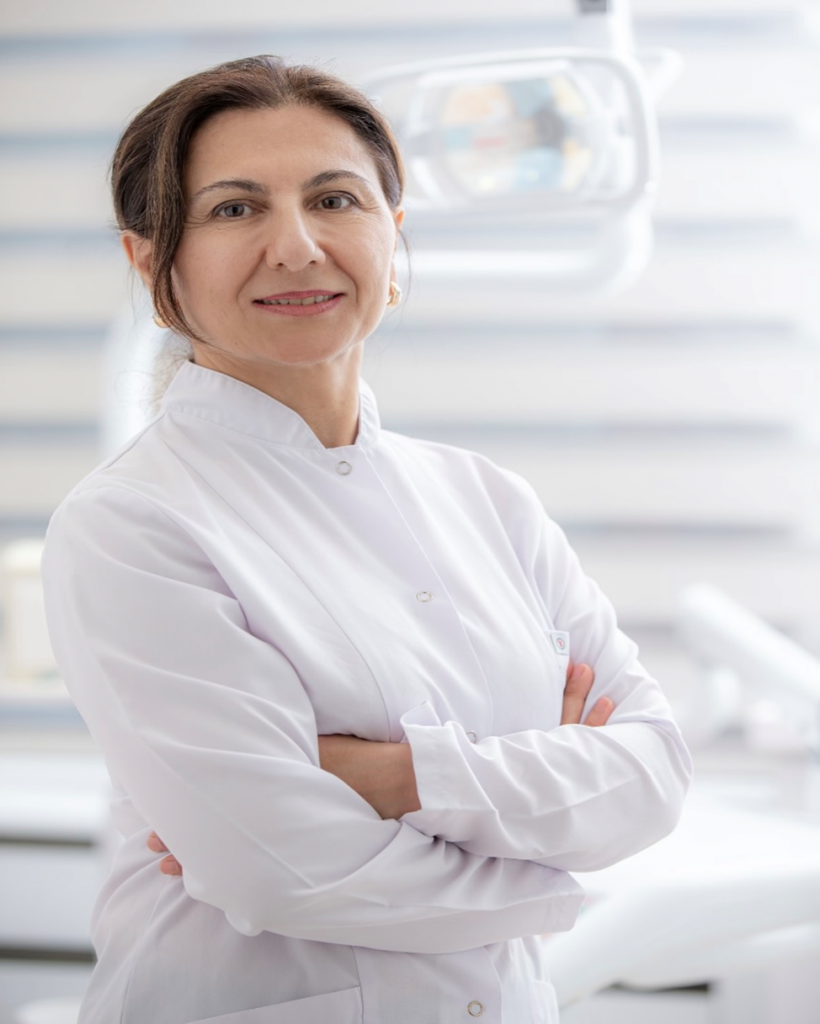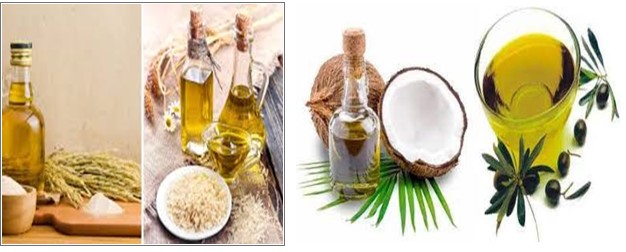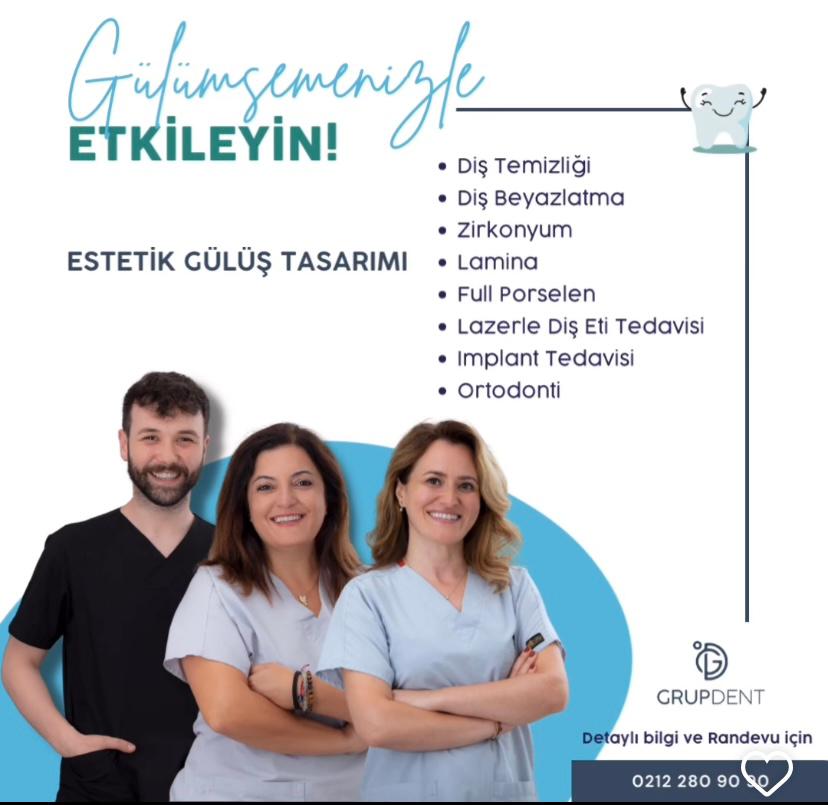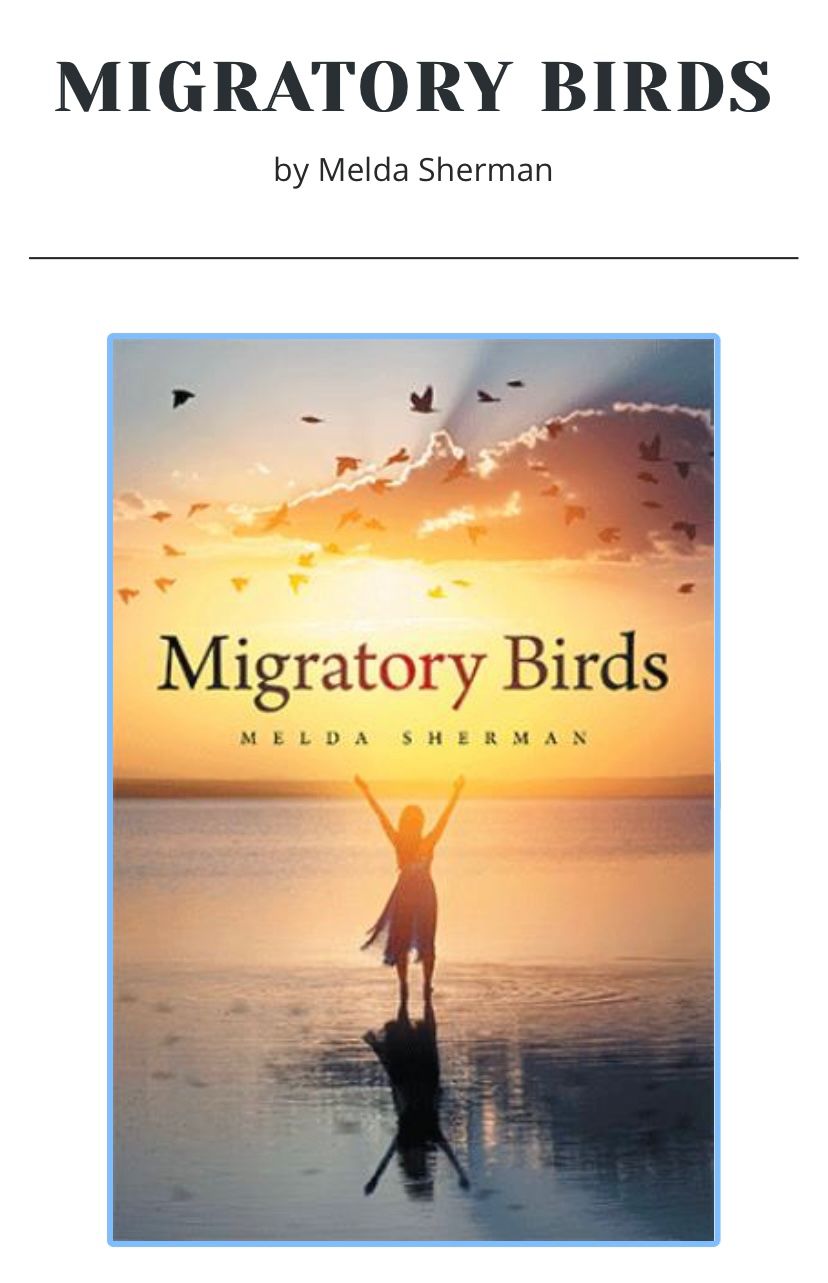
1 tablespoon (approximately 10 ml) of natural oil is kept in the mouth for 5-15 minutes to ensure that it contacts all oral tissues; Oil is applied to the tooth surfaces with the tongue. This application should be done in the morning when you are hungry. If you want to apply twice daily, it should be applied in the evening before bed. The thin, milky-colored liquid formed after gargling should not be swallowed; this liquid contains millions of bacteria and their toxins. It should be spat on a piece of paper and thrown away. Afterward, the mouth should be rinsed and the teeth should be brushed.
The method is also useful in cases where tooth brushing is impossible in patients who have ulcerated wounds in the mouth, who experience nausea and vomiting while brushing their teeth for various reasons, who have received radiotherapy in the head and neck area, and who have dry mouth. Gargling with natural oils not only provides oral hygiene but can also have a healing effect on oral tissues. It should not be used in children under 5 years of age due to the risk of aspiration.

LAST WORDS;
The importance of oral health in holistic body health is increasing; the entire body system of people with a disease in the mouth and surrounding tissues is affected, and the patient’s quality of life decreases because of functional and aesthetic losses. Therefore, a daily oral care ritual is critical for whole body health. The use of synthetic mouthwashes in oral care is contrary to the logic of protecting natural health. For this reason, mouthwashes made with natural oils – oil pulling – have been accepted in the world as an alternative or complementary method. Brushing your teeth and using dental floss after gargling with natural oils on an empty stomach in the morning make important contributions to holistic health. It is of great importance that the sunflower oil, sesame oil, olive oil, coconut oil, and rice bran oil used in the method are certified natural and their quality and quantity are of great importance.
Prof. Dr. Hulya Kocak Berberoglu
University of Istanbul
Faculty of Dentistry,
Department of Oral and Maxillofacial Surgery
1- Sharma H, Chandola HM, Singh G, Basisht G. Utilization of Ayurveda in health care: an approach for prevention, health promotion, and treatment of disease. Part 1–Ayurveda, the science of life. J Altern Complement Med. 2007 Nov;13(9):1011-9. doi: 10.1089/acm.2007.7017-A. PMID: 18047449.
2-Peng TR, Cheng HY, Wu TW, Ng BK. Effectiveness of Oil Pulling for Improving Oral Health: A Meta-Analysis. Healthcare (Basel). 2022 Oct 11;10(10):1991. doi: 10.3390/healthcare10101991. PMID: 36292438; PMCID: PMC9602184.
3-Shanbhag VK. Oil pulling for maintaining oral hygiene – A review. J Tradit Complement Med. 2016 Jun 6;7(1):106-109. doi 10.1016/j.jtcme.2016.05.004. PMID: 28053895; PMCID: PMC5198813.
4-Singh A, Purohit B. Tooth brushing, oil pulling and tissue regeneration: A review of holistic approaches to oral health. J Ayurveda Integra Med. 2011 Apr;2(2):64-8. doi: 10.4103/0975-9476.82525. PMID: 21760690; PMCID: PMC3131773.
5-Sood P, Devi M A, Narang R, V S, Makkar DK. Comparative efficacy of oil pulling and chlorhexidine on oral malodor: a randomized controlled trial. J Clin Diagn Res. 2014 Nov;8(11): ZC18-21. doi 10.7860/JCDR/2014/9393.5112. Epub 2014 Nov 20. PMID: 25584309; PMCID: PMC4290321.
6-Pal SK, Shukla Y. Herbal medicine: current status and the future. Asian Pac J Cancer Prev. 2003 Aug-Dec;4(4):281-8. PMID: 14728584.
7-Griessl T, Zechel-Gran S, Olejniczak S, Weigel M, Hain T, Domann E. High-resolution taxonomic examination of the oral microbiome after oil pulling with standardized sunflower seed oil and healthy participants: a pilot study. Clin Oral Investig. 2021 May;25(5):2689-2703. doi: 10.1007/s00784-020-03582-0. Epub 2020 Sep 19. PMID: 32949257; PMCID: PMC8060239.


